Did you know that frozen broccoli consumption has been steadily increasing over the years? In fact, according to a recent study, the global market for frozen broccoli is projected to reach a value of $2.8 billion by 2026! It’s clear that more and more people are recognizing the convenience and nutritional benefits of this versatile vegetable.
If you’re looking for new ways to enjoy frozen broccoli, you’ve come to the right place. In this article, I’ll share expert tips and mouthwatering recipes that will transform your frozen broccoli into a culinary delight. From roasting and sautéing to steaming and microwaving, you’ll discover the best cooking techniques to bring out the flavors and textures of this superfood.
Key Takeaways:
- Discover how to choose the best brands of frozen broccoli for the highest quality and taste.
- Learn about the different types of frozen broccoli and how to select the right one for your recipes.
- Master the art of cooking frozen broccoli in the oven, on the stove, in the microwave, and through steaming.
- Explore a variety of delicious recipes that incorporate frozen broccoli as a versatile ingredient.
- Uncover the nutritional benefits of frozen broccoli and its potential to reduce food waste.
The Best Brands for Frozen Broccoli
When it comes to frozen broccoli, not all brands are created equal. It’s worth trying different brands to find the best quality and taste that suits your preference. Some recommended brands include 365 by Whole Foods, Costco, HEB, and Trader Joe’s. Look for frozen broccoli that has evenly-sized, bright green florets, with the only ingredient being broccoli itself.
Here are the top brands for frozen broccoli:
- 365 by Whole Foods: Known for its high-quality organic products, 365 by Whole Foods offers frozen broccoli with vibrant color and excellent texture.
- Costco: Costco’s Kirkland Signature brand provides a great value for bulk purchases. Their frozen broccoli is consistently fresh and flavorful.
- HEB: HEB is a Texas-based grocery store known for its wide selection of high-quality products. Their frozen broccoli is no exception, offering crisp florets with a natural taste.
- Trader Joe’s: Trader Joe’s is famous for its unique and delicious offerings. Their frozen broccoli is no different, with tender florets that are perfect for quick and easy meals.
These brands prioritize quality and ensure that their frozen broccoli maintains its nutritional value and flavor. Remember to always check the packaging and choose frozen broccoli that meets your standards.
Choosing the Right Type of Frozen Broccoli
When it comes to frozen broccoli, there are different types available, each with its own unique qualities. Understanding the differences between broccoli florets and broccoli cuts can help you choose the right option for your cooking needs.
Florets for Delicious Roasting
Broccoli florets are the top part of the broccoli, resembling mini trees. They are perfect for roasting, as their small size allows for even cooking and caramelization. Roasted broccoli florets develop a delightful crispy texture and a rich, nutty flavor. Whether you’re making a side dish or adding them to a salad or stir-fry, roasted broccoli florets are sure to please your taste buds.
Cuts for Hearty Soups and Casseroles
On the other hand, broccoli cuts contain both florets and stems, providing a mix of textures. They are great for soups and casseroles, as the stem pieces add heartiness to the dish. Broccoli cuts hold up well during cooking, making them perfect for recipes that require longer cooking times or simmering.
When choosing frozen broccoli for roasting, it is recommended to opt for florets. Their compact size and shape result in better browning and a more enjoyable eating experience.
Now that you know the differences between broccoli florets and broccoli cuts, you can select the perfect type of frozen broccoli for your culinary creations.
“Roasted broccoli florets develop a delightful crispy texture and a rich, nutty flavor.”
| Broccoli Type | Description | Best Use |
|---|---|---|
| Florets | Top part of the broccoli resembling mini trees | Roasting, salads, stir-fries |
| Cuts | Contain both florets and stems | Soups, casseroles, longer cooking times |
Cooking Frozen Broccoli in the Oven
Roasting frozen broccoli in the oven is a simple and delicious way to bring out its flavors. It’s a great method for achieving a crispy texture and caramelized edges. Here’s how you can roast frozen broccoli to perfection:
- Preheat your oven to 425°F (218°C).
- Line a baking sheet with parchment paper for easy cleanup.
- Spread the frozen broccoli florets in a single layer on the baking sheet.
- Roast the broccoli for 10 minutes. This initial blast of heat will help remove excess water from the broccoli and promote browning.
- After 10 minutes, remove the baking sheet from the oven and drizzle the broccoli with olive oil.
- Add your preferred seasonings, such as garlic powder, salt, and pepper.
- Use tongs or a spatula to toss the broccoli, ensuring every piece is coated with oil and seasonings.
- Place the baking sheet back in the oven and continue roasting for another 10 minutes.
- For extra crispiness, you can switch the oven to the broil setting and broil the broccoli on high for 5 minutes. Keep a close eye on it to prevent burning.
Roasted frozen broccoli pairs well with various dishes, from grilled chicken to pasta. The caramelization adds a depth of flavor that elevates any meal. You can also experiment with different seasonings like smoked paprika, red pepper flakes, or lemon zest to enhance the taste.
For a visual guide, here’s a photo of perfectly roasted frozen broccoli:
Sauteing Frozen Broccoli on the Stove
When it comes to quick and flavorful cooking methods for frozen broccoli, sauteing on the stove is a winner. It’s a simple technique that brings out the natural flavors of the broccoli while adding a touch of deliciousness. Here’s how you can saute frozen broccoli to perfection:
- Start by adding the frozen broccoli to a large skillet with a small amount of water. This helps the broccoli thaw and prevents it from sticking to the pan.
- Cover the skillet and cook the broccoli over medium heat until the ice from the broccoli melts, which usually takes about 2 minutes.
- Once the ice has melted, transfer the broccoli to a colander and let it drain excess moisture.
- Wipe down the skillet to remove any remaining water and add a drizzle of oil. Heat the skillet over medium-high heat.
- Add the drained broccoli to the hot skillet and saute for 5-7 minutes, or until the florets start to brown slightly. Make sure to stir occasionally to ensure even cooking.
- Season the sauteed broccoli with your favorite herbs and spices, such as garlic powder, smoked paprika, or a pinch of red pepper flakes. The choice is yours!
- For an extra burst of freshness, squeeze some fresh lemon juice over the sauteed broccoli. The tangy citrus flavor beautifully complements the earthy taste of the broccoli.
Sauteed frozen broccoli is incredibly versatile and pairs well with a variety of main dishes. It’s a fantastic side dish for grilled chicken, steak, or fish, or it can be added to pasta, stir-fries, or grain bowls. Get creative and enjoy the flavorful goodness of sauteed frozen broccoli!
Steaming Frozen Broccoli
Steaming is another excellent method for cooking frozen broccoli. Steaming allows the broccoli to retain its vibrant color, texture, and nutritional value. With just a few simple steps, you can enjoy perfectly tender steamed broccoli as a healthy and delicious addition to your meals.
To steam frozen broccoli, follow these easy steps:
- Fill a pot with water and bring it to a boil.
- Place the frozen broccoli in a steamer basket, making sure the water doesn’t touch the broccoli.
- Insert the steamer basket into the pot and cover it with a lid.
- Steam the broccoli for 3-4 minutes until it becomes tender but still retains a slight crunch.
Once the broccoli is steamed to perfection, transfer it to a bowl and season it with your desired flavors. Add a squeeze of fresh lemon juice for a tangy twist or sprinkle some garlic powder for an aromatic touch. The steamed broccoli pairs well with a variety of seasonings, allowing you to customize it to your taste.
By steaming frozen broccoli, you lock in the nutritional benefits while creating a versatile side dish or a vibrant addition to salads, stir-fries, and pasta dishes.
Steaming frozen broccoli ensures that it maintains its natural crunch and vibrant green color, making it an appealing and nutritious choice for any meal.
Microwaving Frozen Broccoli
If you’re in a hurry, microwaving frozen broccoli is a convenient option. Simply follow these easy steps:
- Place the frozen broccoli in a microwave-safe dish.
- Add a small amount of water to the dish to help with steaming.
- Cover the dish with a microwave-safe lid or microwave-safe plastic wrap.
- Microwave the broccoli on high for 2 minutes.
- Open the microwave and carefully stir the broccoli.
- Continue to cook for an additional 2-3 minutes, or until the broccoli reaches your desired tenderness.
- Once cooked, use a fork to drain any excess water from the dish.
- Season the broccoli with your favorite herbs, spices, or a sprinkle of sea salt.
Voila! Marvel at the perfectly microwaved frozen broccoli that’s ready to enjoy as a side dish or incorporate into your favorite recipes.
“Microwaving frozen broccoli is a quick and easy way to enjoy this nutritious vegetable without sacrificing taste or texture.” – Professional Chef
| Advantages of Microwaving Frozen Broccoli: | Disadvantages of Microwaving Frozen Broccoli: |
|---|---|
| – Saves time and effort | – May result in slightly softer texture compared to other cooking methods |
| – Retains most of the nutritional benefits | – Can cause uneven cooking if not stirred properly |
| – Minimizes loss of nutrients | – Requires additional monitoring to prevent overcooking |
Using Frozen Broccoli in Recipes
Frozen broccoli is not only great as a side dish, but it can also be used in various recipes. Its soft texture and convenience make it an ideal ingredient for a wide range of dishes. Whether you’re making soups, casseroles, stir-fries, or pasta dishes, frozen broccoli adds nutrition and flavor to your meals. Get creative and experiment with different flavors and combinations to create delicious recipes using frozen broccoli.
Delicious Frozen Broccoli Recipes
Here are some mouthwatering recipes that incorporate frozen broccoli:
- Broccoli Cheddar Soup: A comforting classic, this soup combines the creamy goodness of cheddar cheese with tender broccoli florets. Heat frozen broccoli in a pot with vegetable broth, and then puree until smooth. Add grated cheddar cheese and season with salt and pepper. Serve hot with a sprinkle of shredded cheese on top.
- Broccoli and Chicken Stir-Fry: Create a flavorful and nutritious one-pan meal by stir-frying frozen broccoli with chicken breast strips, garlic, ginger, and soy sauce. Add your favorite vegetables like bell peppers, carrots, and snap peas for extra color and texture. Serve over steamed rice or noodles for a satisfying dinner.
- Broccoli and Cheese Casserole: This cheesy casserole is a crowd-pleaser. Mix thawed frozen broccoli with cooked rice, shredded cheddar cheese, creamy mushroom soup, and seasonings. Transfer to a baking dish, top with breadcrumbs, and bake until golden and bubbly.
- Broccoli and Pasta Salad: Combine cooked pasta, thawed frozen broccoli, cherry tomatoes, olives, and feta cheese in a bowl. Dress with a tangy vinaigrette made with olive oil, lemon juice, Dijon mustard, and herbs. Toss everything together for a refreshing and colorful salad.
- Broccoli and Tofu Stir-Fry: For a vegetarian-friendly option, toss frozen broccoli with tofu cubes, soy sauce, sesame oil, and garlic in a hot skillet. Add a touch of honey or maple syrup for a hint of sweetness. Serve over steamed rice or quinoa for a protein-packed meal.
Get inspired and create your own frozen broccoli recipes by combining it with your favorite ingredients and seasonings. The versatility of frozen broccoli makes it a valuable addition to your kitchen arsenal.
Experimenting with frozen broccoli in recipes not only allows you to enjoy its nutritional benefits but also reduces food waste by utilizing the convenience of frozen veggies. So, make the most of your frozen broccoli stash and savor the delicious flavors it brings to your meals.
Nutritional Benefits of Frozen Broccoli
Frozen broccoli is a nutritious choice for adding vegetables to your diet. It is harvested at peak ripeness, blanched to preserve its nutrients, and then flash-frozen. Frozen broccoli retains its nutritional value, including vitamins, minerals, and fiber. It also helps reduce food waste by extending the shelf life of broccoli. While the texture may be slightly different from fresh broccoli, the nutritional benefits remain the same.
Key Nutrients in Frozen Broccoli
Frozen broccoli is packed with essential nutrients that contribute to a healthy diet. Here are some key nutrients found in frozen broccoli:
| Nutrient | Amount per Serving |
|---|---|
| Fiber | 4 grams |
| Vitamin C | 90 milligrams |
| Vitamin K | 120 micrograms |
| Vitamin A | 1500 international units |
| Folate | 60 micrograms |
| Potassium | 260 milligrams |
In addition to these nutrients, frozen broccoli also contains smaller amounts of iron, calcium, magnesium, and other vitamins and minerals that contribute to overall health.
“Frozen broccoli is a convenient and nutritious option for individuals looking to incorporate more vegetables into their diet.”
With its high fiber content, frozen broccoli can help support digestion and promote a healthy gut. The fiber in broccoli can aid in regularity and may also contribute to weight management by promoting feelings of fullness.
The vitamin C in frozen broccoli is essential for supporting the immune system and promoting collagen formation. It also acts as an antioxidant, helping to protect cells from damage caused by free radicals.
Vitamin K, found abundantly in frozen broccoli, plays a crucial role in blood clotting and bone health. It helps activate proteins that regulate clotting and contributes to bone formation and maintenance.
A serving of frozen broccoli provides a significant amount of vitamin A, which is important for vision, immune function, and cell growth. It also contains folate, a B vitamin that helps support DNA synthesis and cell division.
Lastly, frozen broccoli is a good source of potassium, an essential mineral that helps maintain proper fluid balance, nerve function, and muscle contractions.
Overall, incorporating frozen broccoli into your meals is an easy way to boost your daily intake of important nutrients while enjoying its convenience and versatility.
Storing and Reheating Frozen Broccoli
Leftover cooked frozen broccoli is a great option for a quick and nutritious meal. To ensure its freshness and maximize its shelf life, follow these simple storage and reheating tips:
Storing Frozen Broccoli:
- Transfer the leftover cooked frozen broccoli to an airtight container.
- Place the container in the refrigerator.
- Store the broccoli for up to 5 days for optimal freshness.
Reheating Frozen Broccoli:
There are two easy methods to reheat your leftover cooked frozen broccoli:
- Microwave: Place the desired amount of broccoli in a microwave-safe dish. Add a small amount of water to the dish to help create steam and retain moisture. Microwave on high for around 1-2 minutes, or until thoroughly warmed.
- Stove: In a non-stick skillet, heat a small amount of oil or butter over medium heat. Add the leftover cooked frozen broccoli and cook, stirring occasionally, until it is heated through.
Once reheated, enjoy your cooked frozen broccoli as a flavorful accompaniment to your main dish or incorporate it into salads, sandwiches, or other recipes for added nutrition and taste.
Expert Tip:
For additional flavor, consider adding herbs, spices, or a squeeze of fresh lemon juice to your reheated frozen broccoli!
Nutritional Value of Reheated Frozen Broccoli
| Nutrient | Amount per serving (1 cup) |
|---|---|
| Calories | 55 |
| Protein | 4g |
| Carbohydrates | 11g |
| Fiber | 5g |
| Fat | 1g |
| Vitamin C | 140% of daily recommended intake |
| Vitamin K | 100% of daily recommended intake |
| Folate | 15% of daily recommended intake |
| Potassium | 450mg |
Conclusion
Frozen broccoli is a versatile and convenient ingredient that can be enjoyed in many ways. Whether you prefer the crispy texture of roasted broccoli, the flavorful sautéed version, or the tender steamed option, there is a cooking method to suit your taste. With its long shelf life, frozen broccoli is a great option to have on hand for quick and easy meals.
Not only is frozen broccoli easy to cook, but it also retains its nutritional value, making it a healthy choice for adding vegetables to your diet. Packed with essential vitamins, minerals, and fiber, frozen broccoli is a nutritious addition to any meal. Plus, it helps reduce food waste by extending the shelf life of this vibrant green vegetable.
So, next time you’re looking for a quick and delicious vegetable option, reach for frozen broccoli. Whether you’re whipping up a stir-fry, adding it to a hearty soup, or enjoying it as a simple side dish, frozen broccoli is sure to please your taste buds and provide you with the nutrients your body needs. Make frozen broccoli a regular part of your meal rotation and savor its delicious flavors!


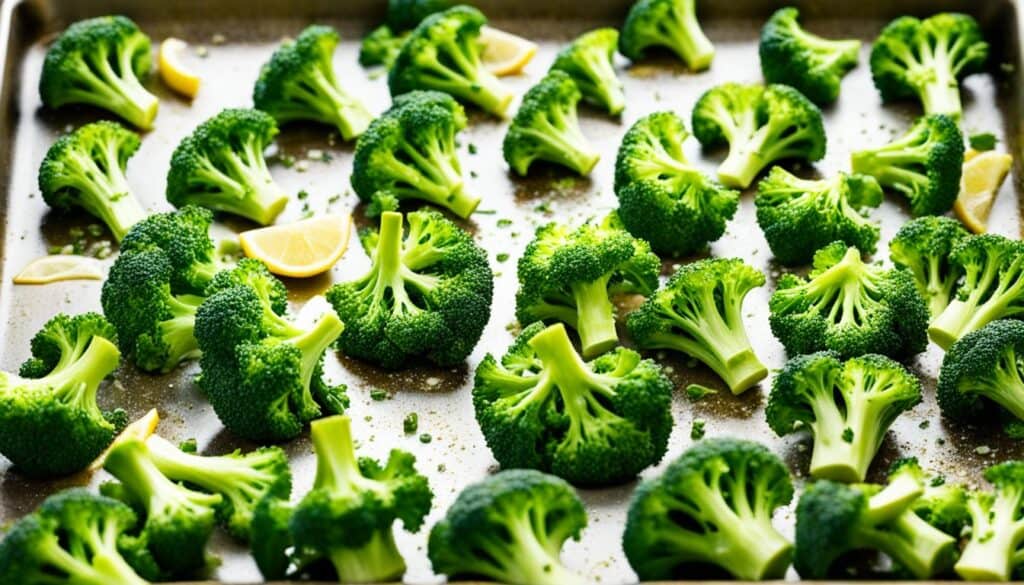
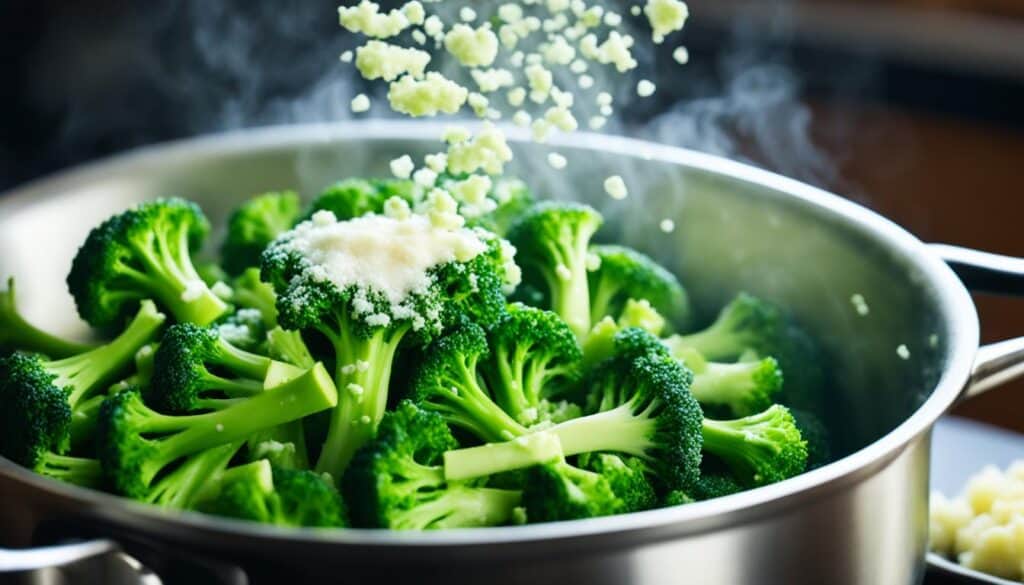


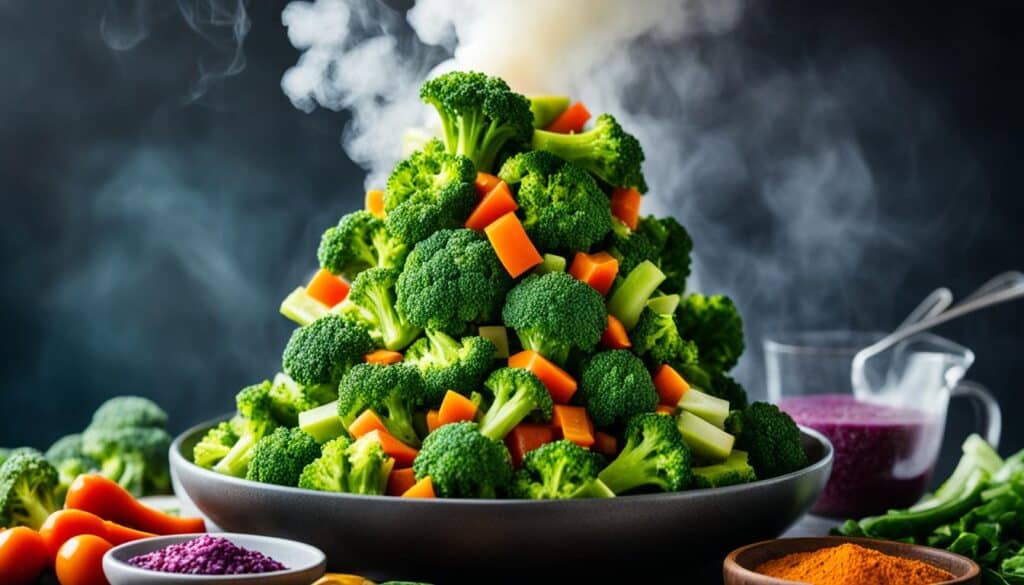

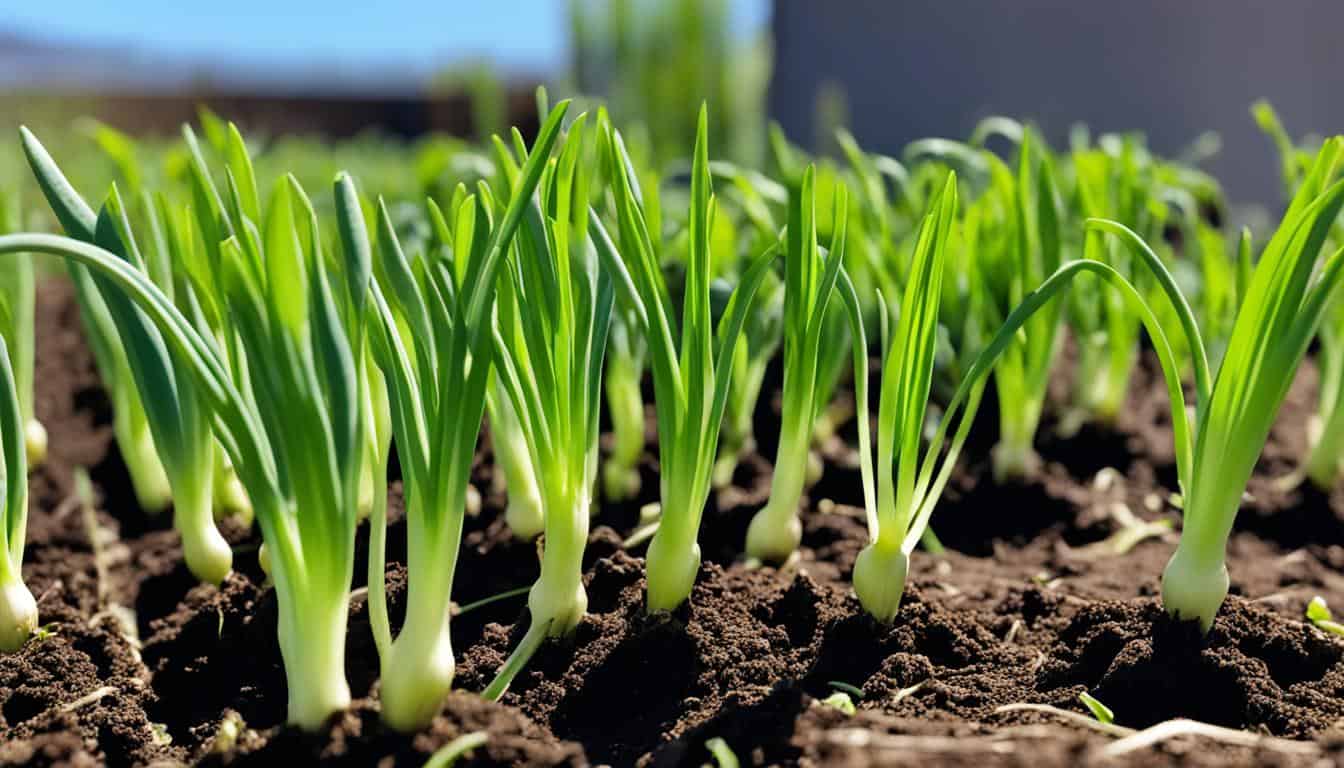
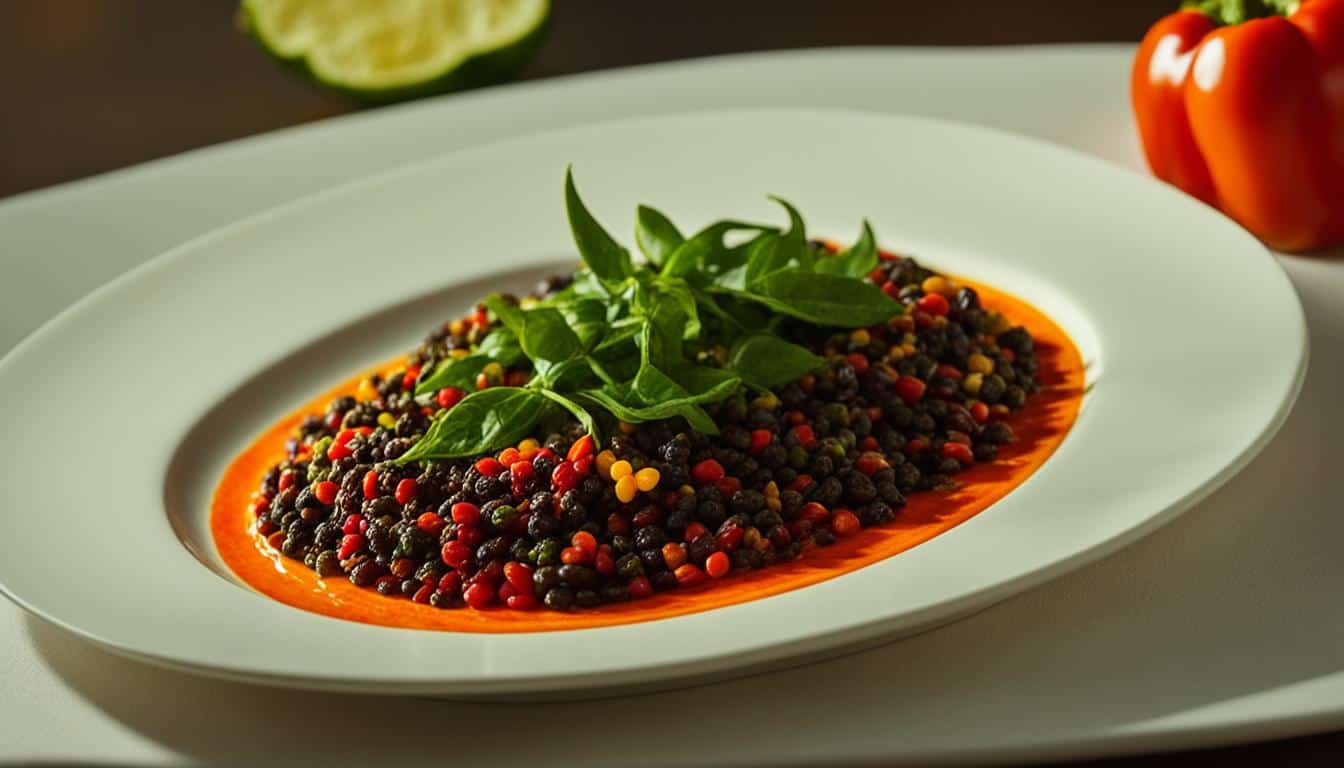
Leave a Reply